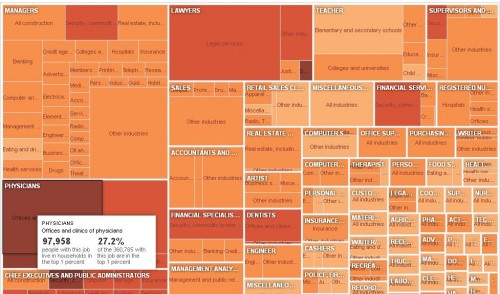Today kicks off New York Fashion Week, an important time of year for models.
In these interviews, sociologist Ashley Mears talks about her research on modeling. Modeling, she explains, is a “winner take all” market; most live in very precarious economic circumstances. The value of her product — her body and her ability to use it — is something over which she has almost no control.
Accordingly, modeling requires an incredible amount of “emotion work,” the control of one’s feelings and presentation of emotions for the sake of an employer or customer.
For more from Dr. Mears, see our posts on the invisibility of labor in modeling, the ugly secret behind the model search, thinness in modeling (trigger warning), and contrasting aesthetics for high end and commercial models.
Lisa Wade, PhD is an Associate Professor at Tulane University. She is the author of American Hookup, a book about college sexual culture; a textbook about gender; and a forthcoming introductory text: Terrible Magnificent Sociology. You can follow her on Twitter and Instagram.








